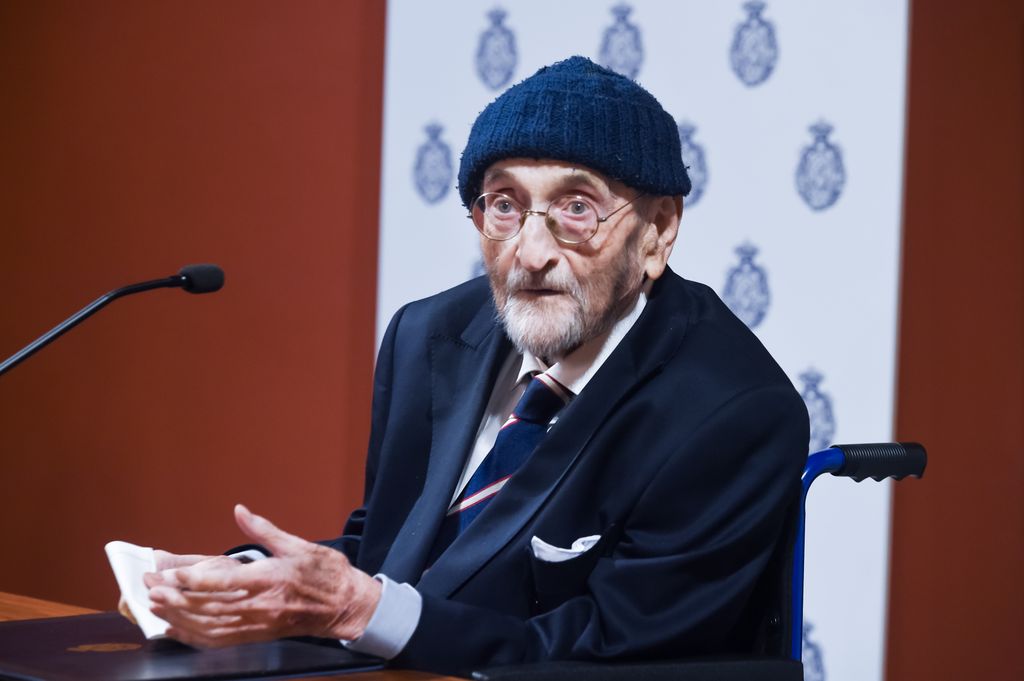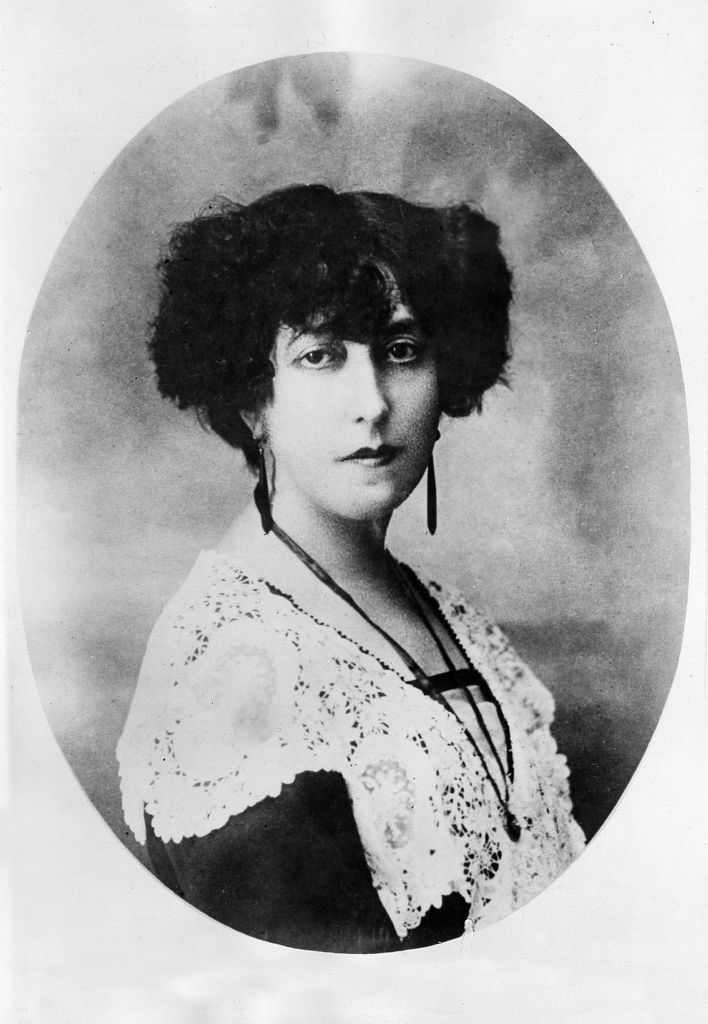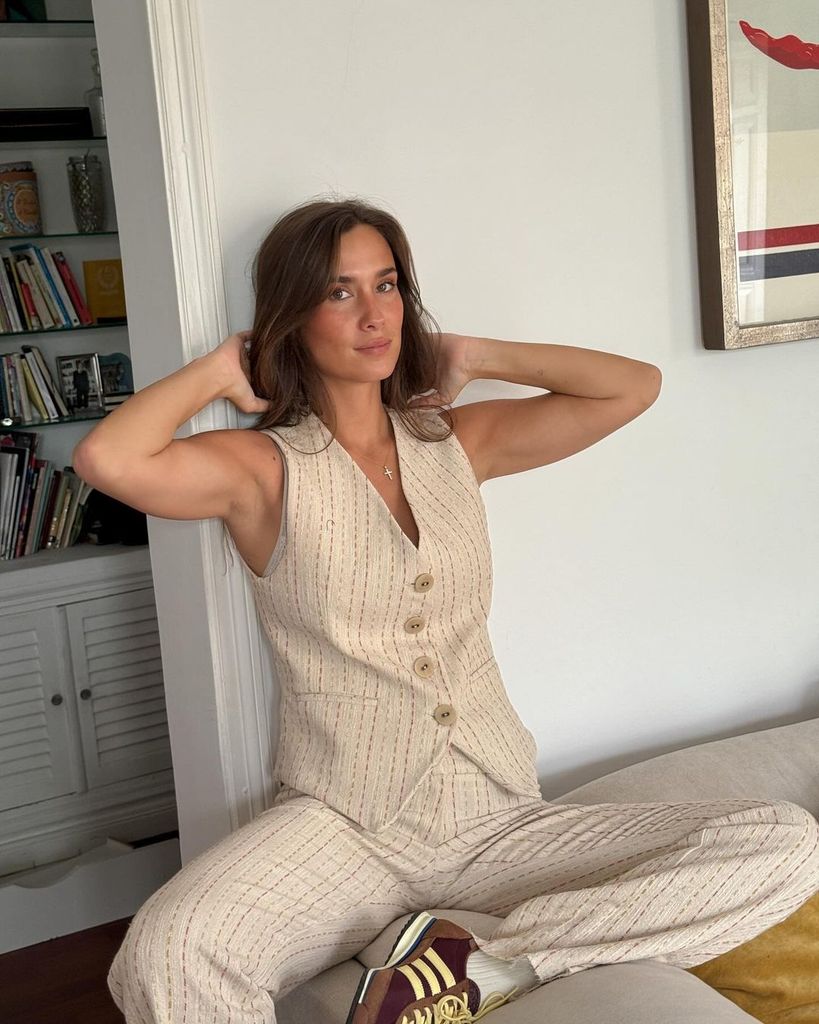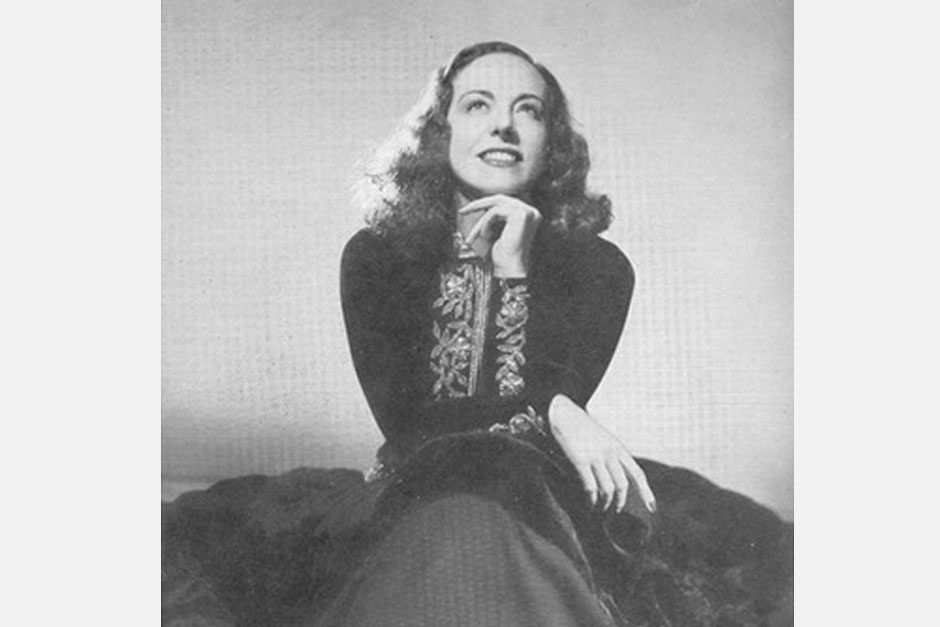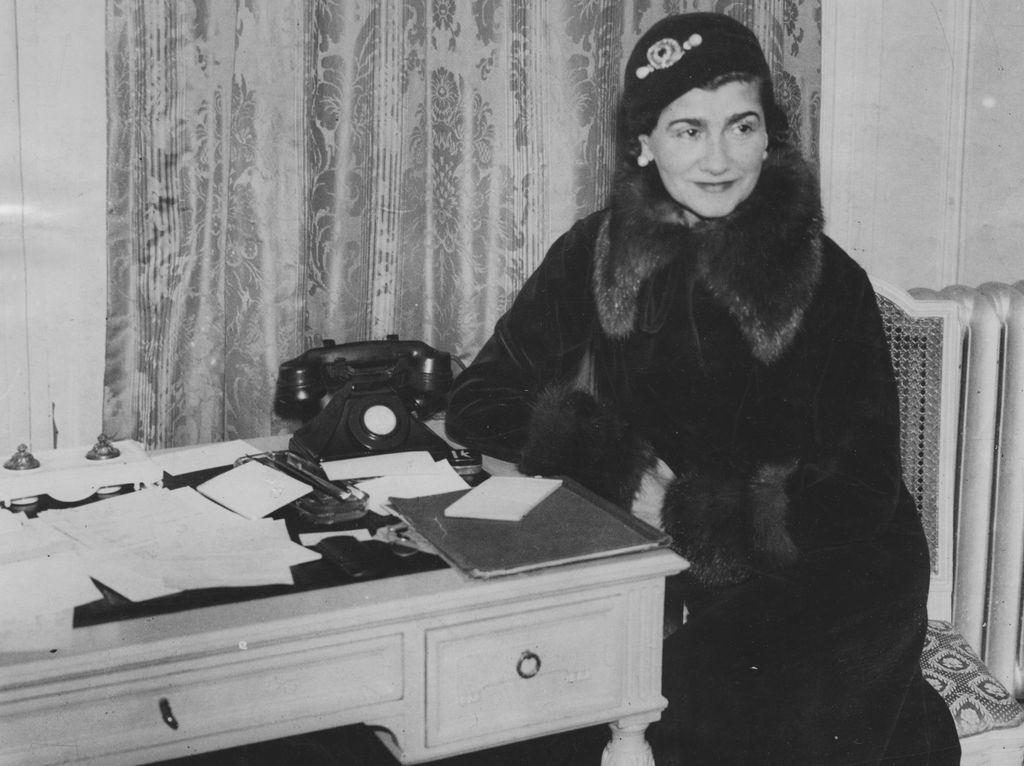Family trees are surprising unexpected relationships that they evidence. In full celebration of the awarding of the Cervantes Prize to Alvaro Pombothe surname of the prestigious Cantabrian writer has sounded very familiar to all fans of social networks and influencers that succeed. And yes: María Pombo, the cyber ‘queen’ of our country, thirty years oldand the award-winning writer, eighty-five, they are familyalthough they separate them two generations of fascinating stories. María Pombo and the author of such essential novels as The meter of iridescent platinum, Where the women, or the delicious The hero of the mansards of Mansard, They share roots and, each in their own way, the passion for telling stories, whether with exceptional prose captured on paper, or with immediacy and graphic support. who is forced by networks.
Once upon a time in Cantabria
María Pombo has three million two hundred thousand followers, only on Instagram. Its power is strengthened with the incursion into networks of Lucía and Marta, her older and middle sisters. Between the three, they add almost five million fans those who love to know about their travels, their family life, their style and their stylistic proposals. The three love Cantabria, the cradle of their lineage, the land that inspires them and to which they always return, as it has inspired Álvaro Pombo, the prolific author who On April 23, he will go to the Auditorium of the University of Alcalá de Henares to receive, from the Kings of Spain, the most coveted award in literature in our country.
Álvaro Pombo y García de los Ríos was born in 1939 into an aristocratic family – he is a descendant of Juan Pombo Conejo, Marquis of Casa Pombo, and Blessed Rafaela Ybarra de Vilallonga. His parents were Cayo Pombo e Ybarra and Pilar García de los Ríos y Caller. Let us try to unravel in the following lines the degree of kinship that Álvaro Pombo shares with the media Pombo sisters, although this seems like gibberish that would be required to properly unravel it from a family tree, such as that of the Buendías in One hundred years of loneliness.
Cayo Pombo was the son of Cayo Pombo and Ana Caller, better known by the surname of her first husband, and a woman with an exciting life, as we will see later. Well, Álvaro Pombo’s grandfather had a brother named Juan. This Juan is the great-great-grandfather of the Pombo sisters. Thereforethe writer’s grandparents were great-great-uncles of María Pombo. Let’s breathe before continuing.
This is not the only relationship they have. the Pombo sisters with the world of high Spanish literature. Her great-great-grandmother, her ‘tata’ – as Lucía Pombo called her in the docuseries about her family life, Pombo– was nothing more and nothing less than Thorn Shellthe woman from Santander who showed that a woman born in the 19th century could defend her passion for literature with intelligence and rigor. He created a Literary Salon, on Goya Street, which was held on Wednesdays and attended by great writers such as Rafael Cansinos Assens. Furthermore, for his work – perhaps The Maragata Sphinx (1914) remains the best known–, Her name was considered three consecutive times as a candidate for the Nobel Prize (in 1926, 1927 and 1928). María Pombo has proudly boasted of her bookshelf in which she lovingly preserves part of the work of Concha Espina.
Concha Espina married Ramón de la Serna y Cueto in 1893. They had five children: Ramón (also a writer and who, to distinguish himself from Ramón Gómez de la Serna, called himself ‘the other Ramón’), Víctor, José, Josefina and Luis. The second of their children, Víctor, a prestigious journalist, was the great-grandfather of the Pombo sisters.
meat influencer
Whether by Concha Espina, or by her relationship with Ana de Pombo, María Pombo was ‘cannon fodder’ to make words, fashion and image her way of life. It is in his blood and in his family history.r. Let’s stop at the fascinating story of Ana Caller, better known as Ana de Pombo. Fasten your seatbelts, because your life is dizzying and tremendously attractive.
Although she has no blood ties to María Pombo –she was the wife of María’s great-great-grandfather–, the legend around this fascinating woman surely had a deep impact on the conception of life, and in the entrepreneurial spirit, of the Pombo women. Cantabrian on all four sides, it was born in the 20th century (in 1900) and died eighty-five years later, leaving behind a halo of legend and eccentricity in its wake. How could he go from La Cavada, a town of just over a thousand inhabitants, to Paris to become Coco Chanel’s personal secretary? Álvaro Pombo was inspired by his grandmother to write A big world, although he calls the protagonist of his novel Elvira, the name of his great-grandmother and his great-aunt. Narcissistic and lunatic, the Elvira of the novel marries three times and ends up in Paris. Any resemblance to the life reality of Ana de Pombo is not pure coincidence. At the Royal Academy of History we can read a brief biography of this woman that leaves us wide-eyed. How was he able to do so much and so varied throughout his life?
At the age of seventeen she married Cayo Pombo Ybarra, grandfather of Álvaro Pombo. The marriage lasted twelve years, during which they were born their two children together, Cayo and Álvaroand dissolved in Paris in 1924. With her sister Elvira she founded Elviana, a fashion house that featured with the support of Queen Victoria Eugenie and whose existence reached the ears of the always attentive Coco Chanel. Madame Chanel, advised by her advertising director, the Comte de Koutosoff, incorporated her into her team as secretary and director of the Chanel subsidiaries in Biarritz and Deauville. However, something happened between both strong women – Ana never managed to shake off her reputation as an eccentric – that caused their professional and personal relationship to falter in 1936. Apparently, Coco Chanel came to sue her, but Ana de Pombo assured that they were still ‘very good friends; She comes to see me every summer she arrives on these Malaga coasts of Marbella and we remember the old triumphant times as if we were generals on leave.’
After her time at Chanel, Ana de Pombo He took charge of Paquin, a fashion house created by Jeanne Paquinwhich achieved great success and opened branches in London and Buenos Aires. Ana de Pombo not only designed, but invented an elastic fabricprecursor of lycra, called ‘cyanomo’. To assess the fame of Ana de Pombo, a couple of facts are enough: in 1947, when Eva Perón visited Spainshe was in charge of dressing her during her visit to the Royal Palace. Furthermore, he made his forays into the world of the Seventh Art and got to work with stars like the Mexican Dolores del Río. Furthermore, since many of the dresses they sold were flamenco-inspired, Ana de Pombo did not hesitate to put on them and show her dancing skills.
She defined herself as ‘the crazy one, the fool, the mountebank’, she danced and performed pieces by Albéniz, Falla and Granados with what her friend, the brilliant Jean Cocteau, described as ‘scientific castanets’. She married two more times: the second to the Uruguayan architect Fernando Capurro and the third with another architect, in this case Argentine, Pablo Olivera Ramos-Mejíatwenty-two years younger than her. With him she settled in Madrid and founded, in 1951, Tebas, a decoration, fashion and lifestyle space, something unique and avant-garde in Spain in the 1950s. Precisely, in that decade, and in the following, he began to write with special fervor his books of poetry and his autobiography, My last sentence, a book that serves as a showcase to enter the world of fashion from the 1920s onwards. Álvaro Pombo’s grandmother, and María Pombo’s political great-great-grandmother, undoubtedly forged a milestone in the history of Spanish fashion. Now, the Pombo They have come to settle in that niche created by the woman with whom they share the surname.
Álvaro Pombo arrived at the media appearance, after hearing the news that he would be awarded the Cervantes Prize, in a wheelchair, but in an excellent mood. He, who has made writing his life and his lifeline – he has also helped others find a lifeline in the word and for years led a creative writing workshop at Proyecto Hombre –, released an ironic phrase before the media which seems more typical of a 21st century ‘influencer’ than of a consecrated author, but Álvaro Pombo has always made sarcasm a literary resource: ‘Cervantes was a loser who only had talent, grace, humor, but he had a life perreada’. However, in April he will speak in his speech about the ‘phenomenology of fragility’. No matter how much we are on the crest of the wave, the Pombo know how to surf in the most adverse circumstances. If not, ask María, who maintains her smile despite the setbacks her health has suffered.

